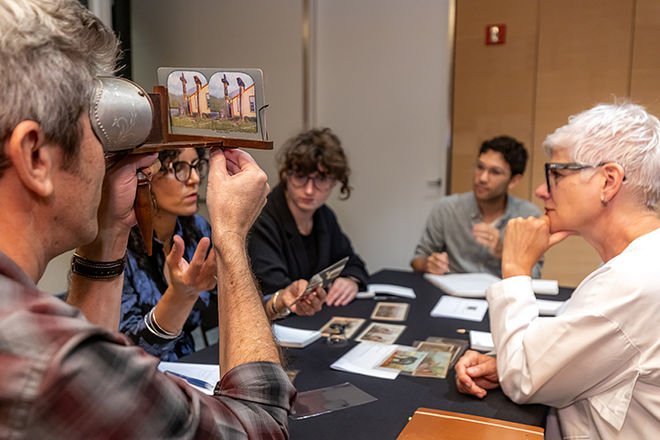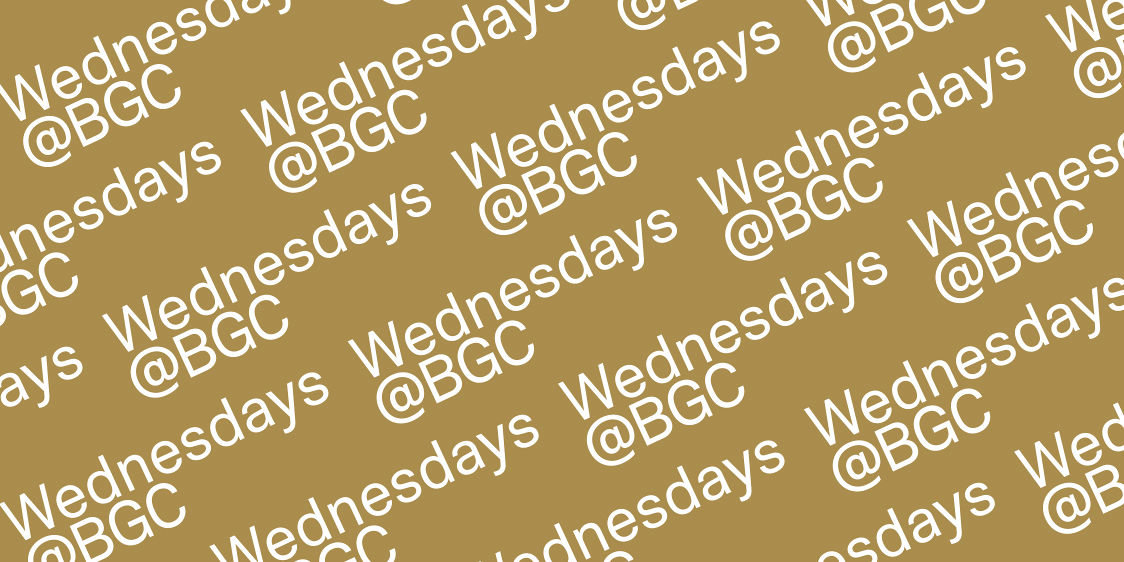Robert Nelson spoke at the Seminar in Comparative Medieval Material Culture (China, Islam, Europe) on Wednesday, November 13, 2013. His talk was entitled “The Gold of Icons.”
Robert Nelson is Robert Lehman Professor History of Art at Yale University. He received his B.A. from Rice University and his M.A. and Ph.D. from the Institute of Fine Arts, New York University. Prior to his current position, Nelson was Professor of Art History at the University of Chicago. Nelson studies and teaches medieval art, mainly in the Eastern Mediterranean, and the history and methods of art history. He was the co-curator of Holy Image, Hallowed Ground: Icons from Sinai at the J. Paul Getty Museum in 2006-2007. His book, Hagia Sophia, 1850-1950, 2004 (Chicago: University of Chicago Press, 2004), asks how the cathedral of Constantinople, once ignored or despised, came to be regarded as one of the great monuments of world architecture. Nelson’s other book-length publications include Later Byzantine Painting: Art, Agency, and Appreciation (Burlington: Ashgate, 2007); Theodore Hagiopetrites: A Late Byzantine Scribe and Illuminator (Wien: Verlag der Österreichischen Akademie der Wissenschaften, 1991); and The Iconography of Preface and Miniature in the Byzantine Gospel Book (New York: New York University Press, 1980). His current projects involve the history of the Greek lectionary, the reuse of Byzantine art in Venice, the social lives of illuminated Greek manuscripts in Byzantium and their reception in Renaissance Italy, and the collecting of Byzantine art in twentieth-century Europe and America.
How can the gold of icons be understood – symbolically, coloristically, mystically, as a mark of primitivism? Nelson’s lecture will suggest that it is first a visual technology created for and by the conditions of viewing of devotional panels in Byzantium. The gold ground is not background, but an integral agent in the functioning of the image. The light of icons, the light brought to icons, the light reflected off icons, and the Light that icons depicted, these are the subjects of this paper, and gold is their medium.











